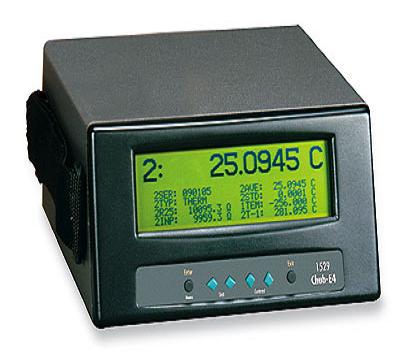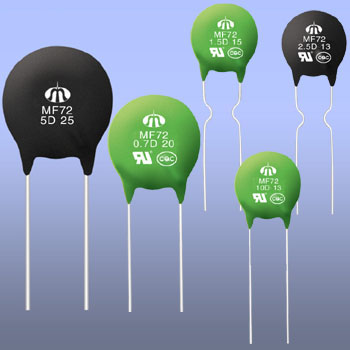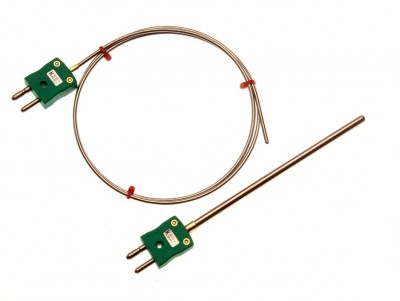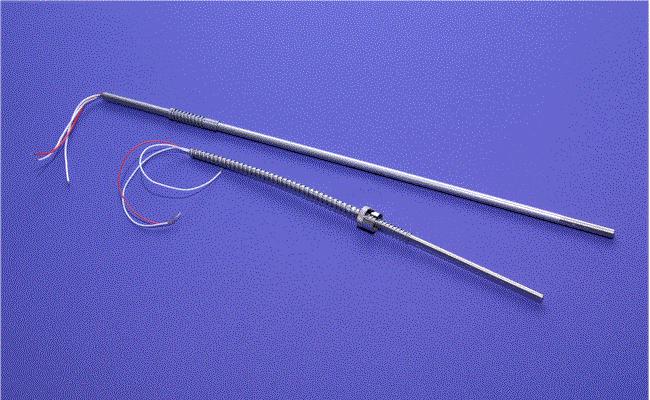Difference Between Thermistor Thermocouple and RTD

Thermistor, thermocouples and RTD, which is an acronym for Resistance Temperature Detectors, are temperature measuring devices. While non-physicists may consider the three to be similar, they actually have significant difference between them. Thermistors differ from thermocouple and RTDs on account of material that they are made of, with thermistors being made of polymer or ceramic, thermocouple being made of two wires of different metals and RTD being made of pure metals. The three also differ in respect to accuracy, with thermistors being the most accurate, followed by thermocouple and RTD. Thermistors allow longer cables to be used and have a faster response time, as compared to thermocouple and RTDs. RTDs and thermocouple can be used for up to a larger range of temperature as compared to thermistors.
Instructions
-
1
Thermistor
Thermistor is an electrical device that is used to measure electricity and monitor the temperature of devices, making it possible to regulate the temperature. It is made of ceramic or polymer. Thermistors measure electricity and consequently temperate with great accuracy. The accuracy is so high that the cable of such devices can be as long as thousands of feet. It is a known fact that resistance affects the accuracy of electrical devices. It is also an established fact that the longer a cable is, the more resistance it offers. However, the accuracy of thermistors is so high that really long cables do not make any substantial impact on the accuracy. Thermistors pick up a change in temperature very quickly, which make it possible to make temperature-related decisions promptly. One of the rare disadvantages of thermistors is that it is not appropriate for industrial use, as it can only be used in temperature of up to 130 degrees Celsius. They are, however, commonly used in home appliances such as freezer, water heaters and air conditioning units.
Image Courtesy: bentex.com.hk
-
2
Thermocouples
Thermocouples can be described as mechanical, electro-mechanical or fluid-mechanical components that are made of two wires of different metals such as iron and copper that indicate temperature through a small voltage signal that is generated by the junction of two different metals. They have a wide range of measuring ranges and come in many different physical sizes and with different configurations. Their response time is very fast. As far as price is concerned, they are not very expensive. The accuracy of thermocouples is not that high, though it is pretty precise. The strength of the signal is not that high either.
Image Courtesy: directindustry.com
-
3
RTD (Resistance Temperature Detectors)
RTD is an electrical device that is used for measuring electricity and measuring temperature, thus allowing the monitoring of temperature. It is made of pure metals. The device does not measure temperature with great accuracy and this accuracy goes down even more if it a large cable is used. RTDs are not capable of measuring a sudden change in temperature. However, they are still used in industrial installation as they are capable of being used up to 660 degrees Celsius.
Image Courtesy: rtdcompany.com







